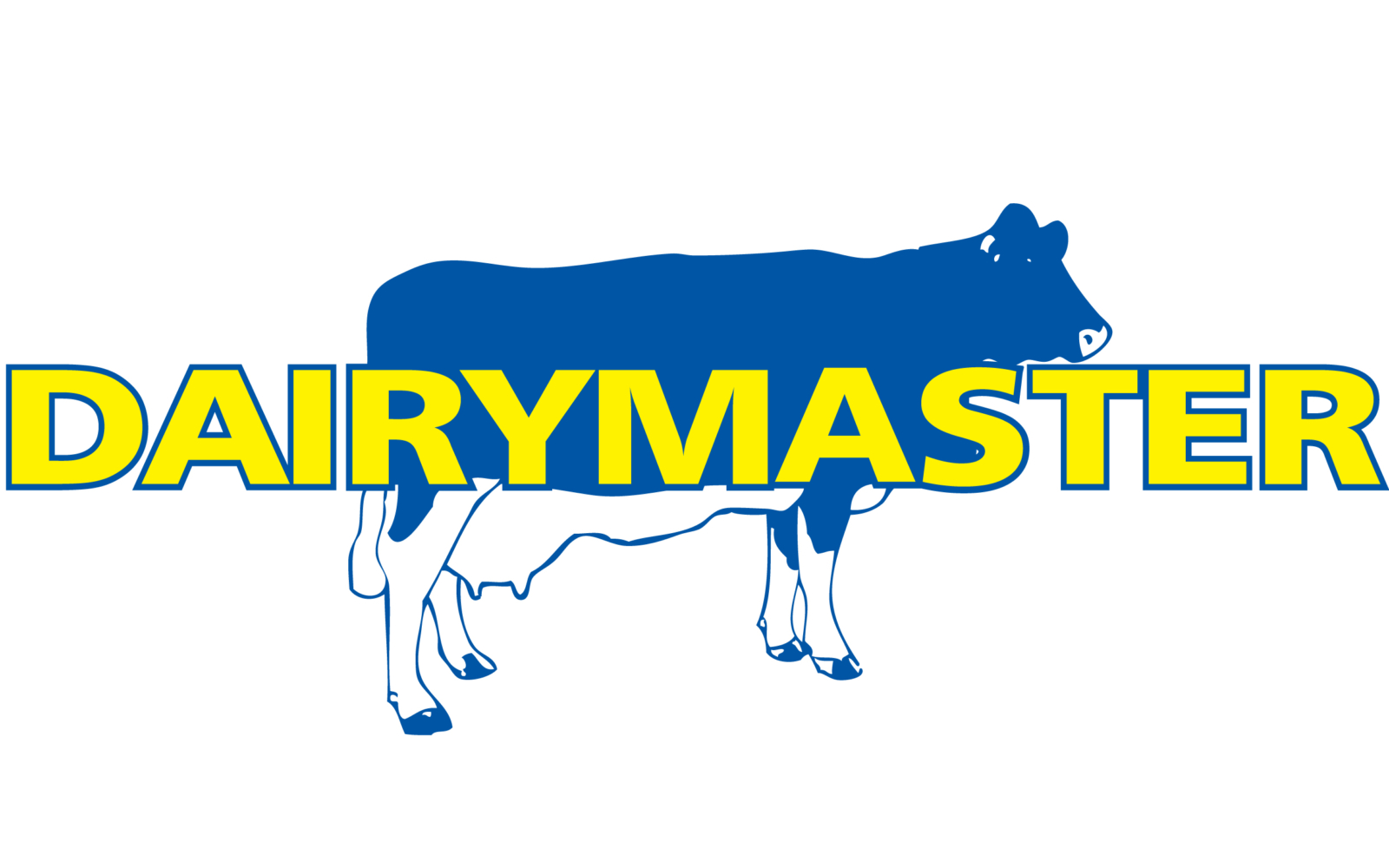Dairy advice: Last few days to make use of your slurry this year
The deadline for spreading slurry this year is Tuesday, September 30, which means there is only a few days left to get the remaining slurry in the tanks out.
With the recent dry weather and with average soil temperatures predicted to stay at about 12℃, now is a good time to get slurry out on land and for it to be utilised effectively.
Many farmers are at third cut silage this week, as this spell of dry weather has been the first consistent few days in two to three weeks.
This ground would be ideal for a slurry application, considering the significant nutrient offtake.
Getting these paddocks spread with slurry may get them back into the grazing rotation a lot quicker and could be key in allocating more grass to cows, building covers, and keeping grass in the diet.
Slurry
With the chemical fertiliser ban for nitrogen and phosphorus in place, farmers have to prioritise getting the most out of their slurry in the next number of days to extend the grazing season and build covers.
The good weather over the last couple of days has improved ground conditions, which has made it easy to get slurry out on many farms again.
However, with rainfall all last week, a lot of farms may still be very wet, inaccessible, or not fit for slurry application.
Every farm scenario will differ, but if conditions allow and the nutrients will be utilised by the soil and not lost through leaching, it is a good idea to empty tanks and drive on growth that one last time.
Applying slurry now will empty out the tanks before the housing period, which is essential in ensuring that your tanks can take full capacity to see you through the winter months.
Farmers should remember that slurry at 6% dry matter applied through low emission slurry spreading is worth €29/1,000gal, which is equivalent to a 50kg bag of 9-5-32.
Spreading
In order to maximise the nutrient content of slurry, spread when soil temperatures are at 6˚C and rising and when soils are trafficable and not saturated.
Slurry should be targeted at drier fields with a requirement for phosphorus (P) and potassium (K) and that have a good pH.
At this time of the year, farmers should avoid applying to fields that are highly connected to the drainage network of the farm and critical source areas (CSAs) until weather conditions are favourable.
Application rates of slurry must match growth rates of the crop - spreading around 1,500-2,000gals/ac at this time of year is probably the best option.
For two weeks leading up to the closed period for spreading, slurry must be kept at least 10m away from rivers, streams, watercourses, and drains.
Slurry cannot be spread on fields that are frozen or snow-covered, waterlogged, flooded, or likely to flood, or if heavy rain is forecast within 48 hours due to its likelihood of leaching.
In addition, from a practical point of view, spreading at these times is inefficient and ineffective as your nutrients are not being utilised.
Farmers need to use their soil test results to identify where the farm is lacking in potassium (K) and phosphorus (P) to get an instant response from spreading.
Paddocks that have been struggling throughout the year should be targeted to improve chances of getting a response, which will help to build covers and extend the grazing season.
It is important to get your slurry out now to maximise nutrient uptake and grass growth, as the grass growth predictions over the next few days is averaging 50kg DM/ha.
This way, you are going to take full advantage of your N, P, and K in the slurry to grow grass and get the most out of the grazing season while good growing conditions are still present.











